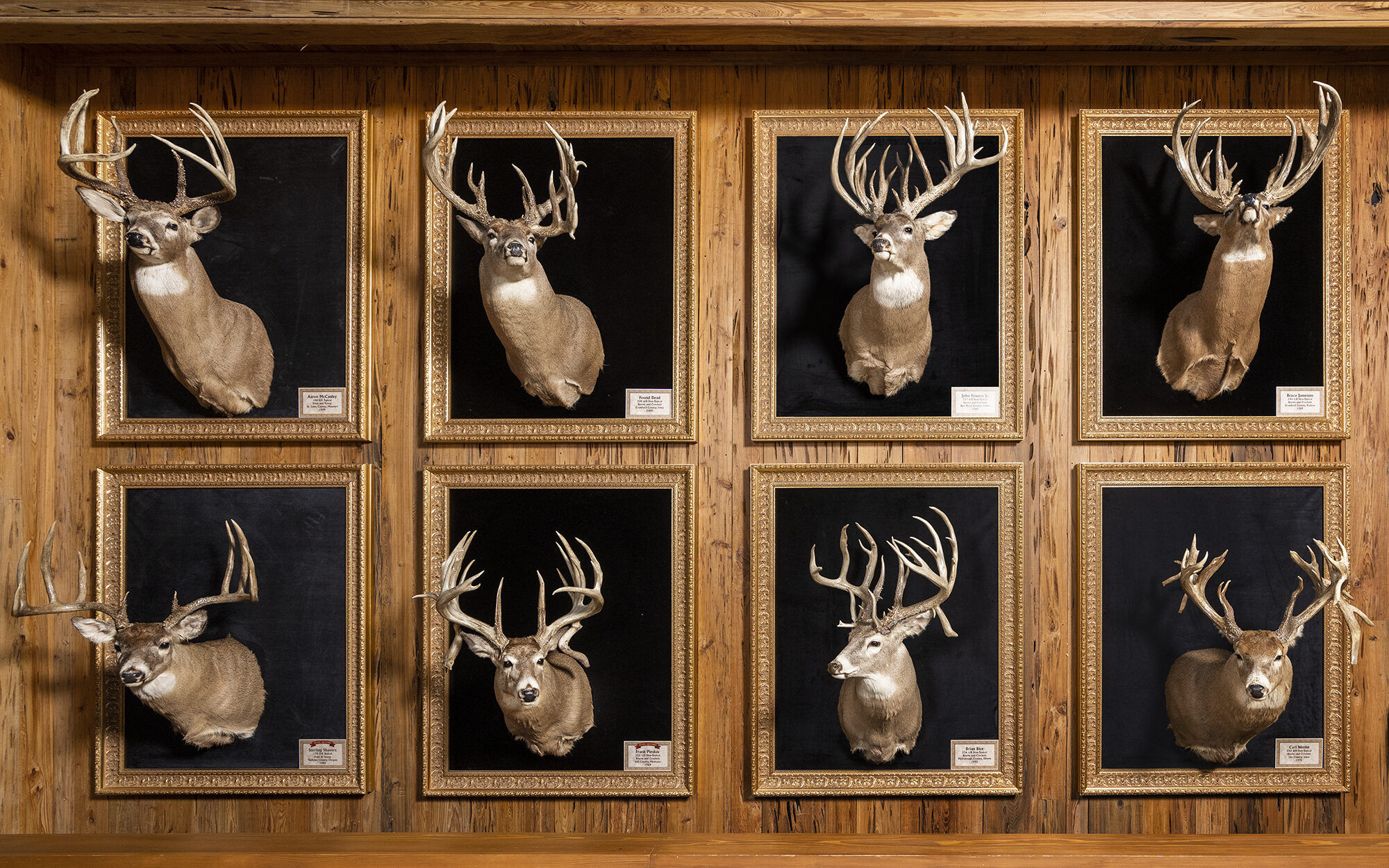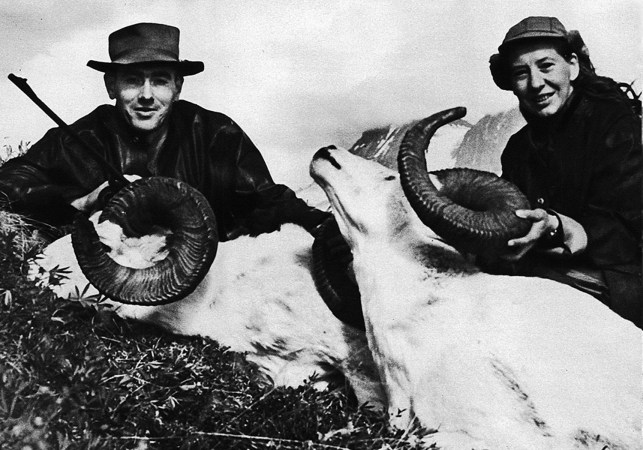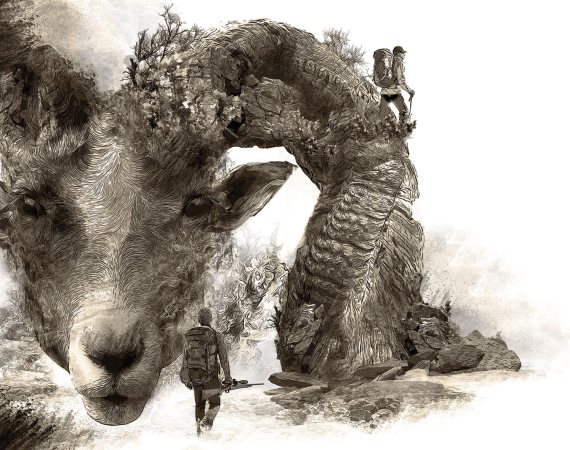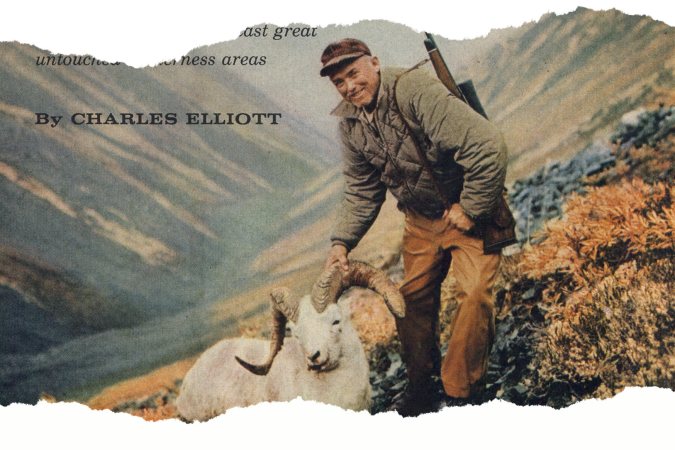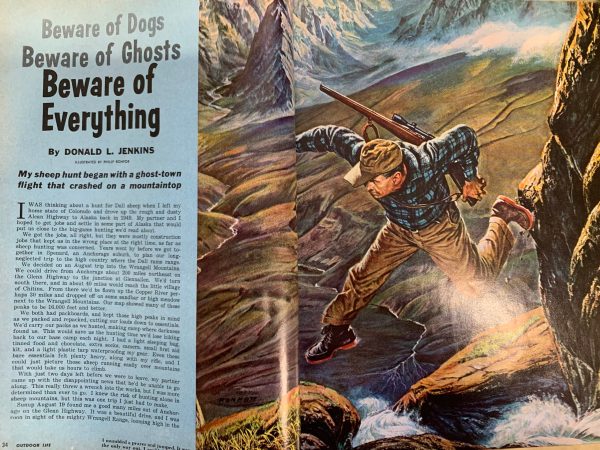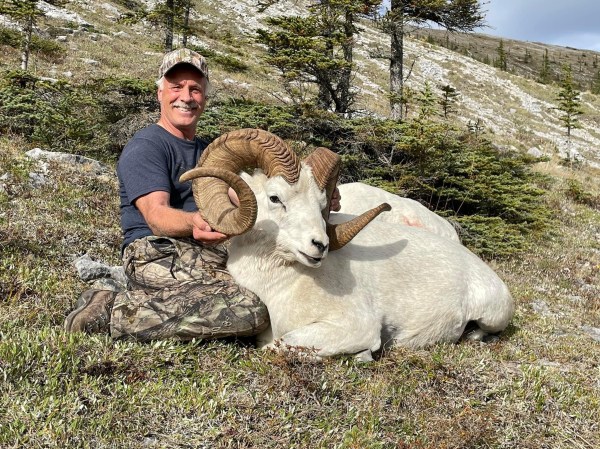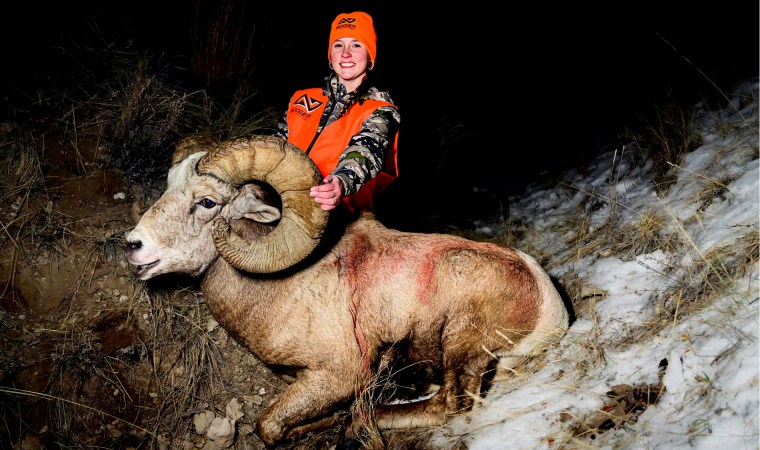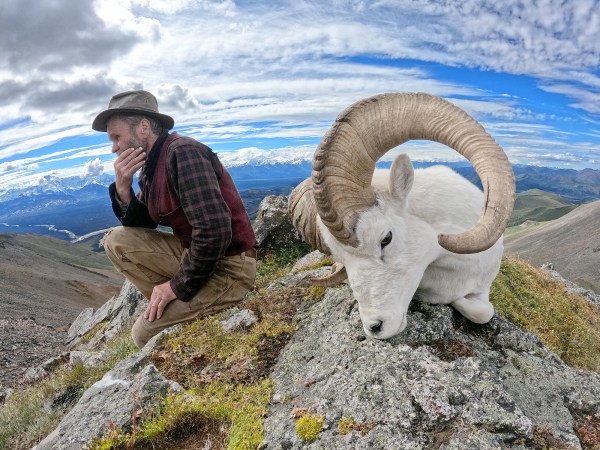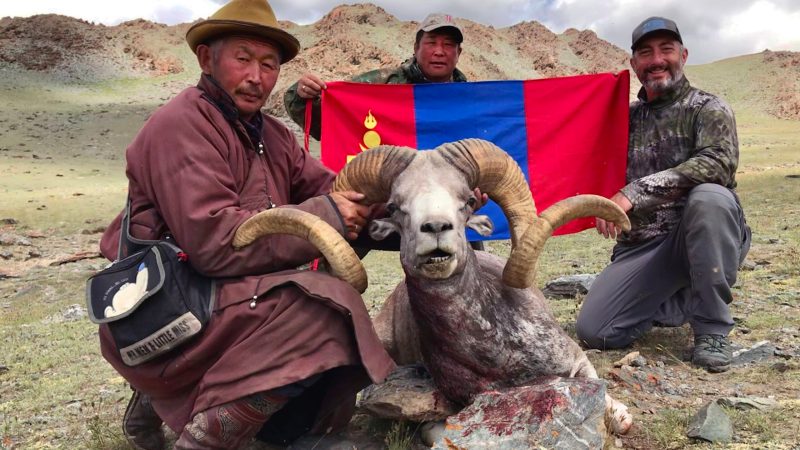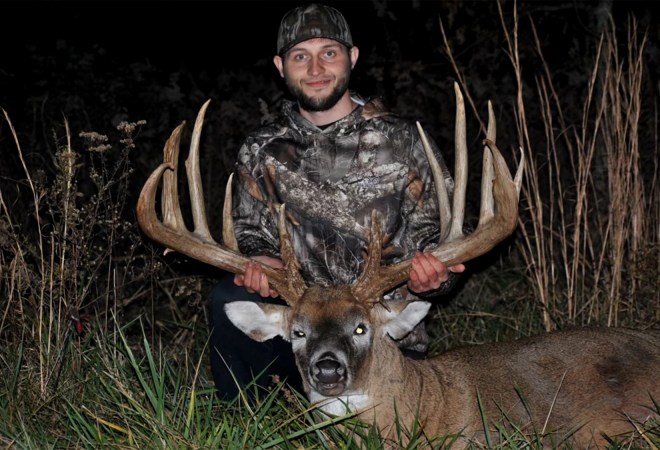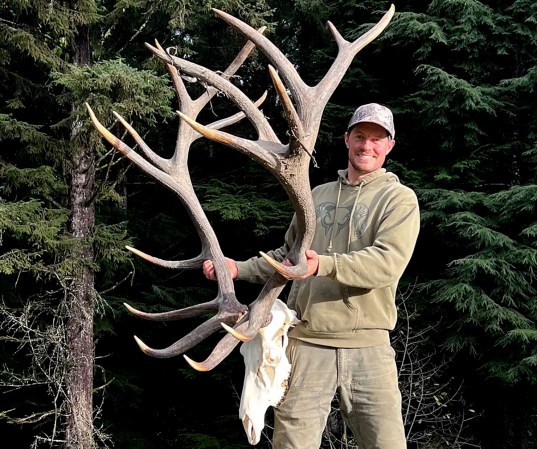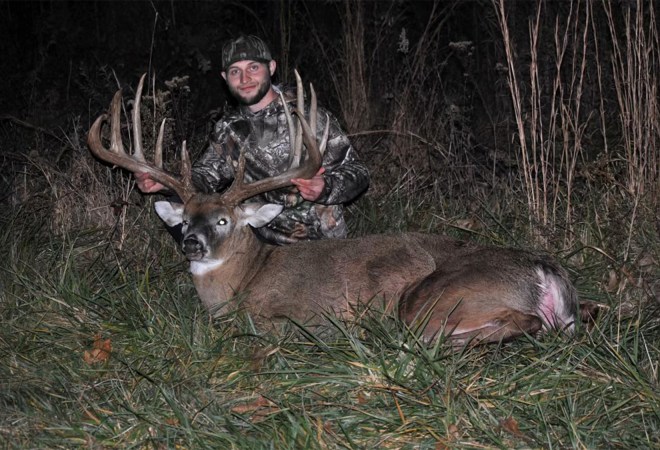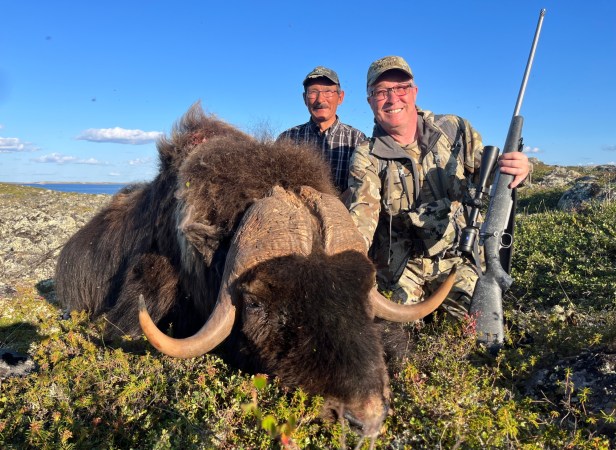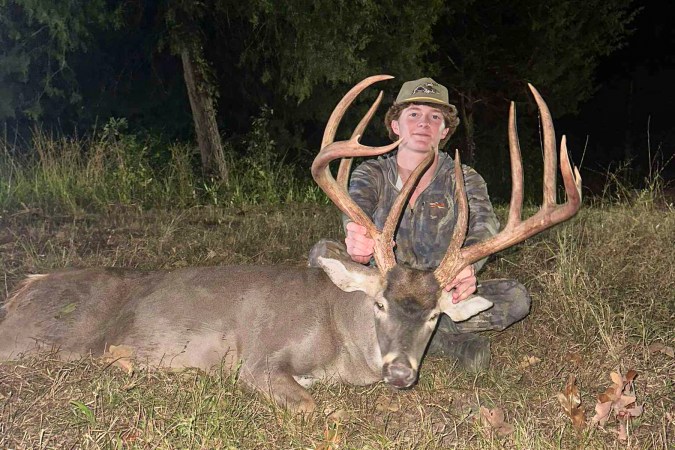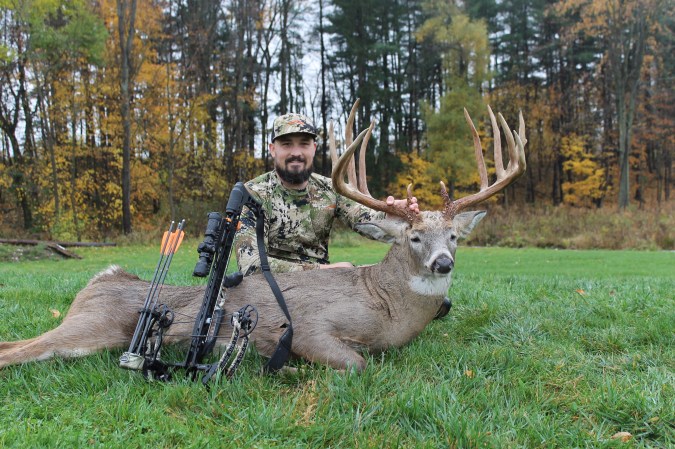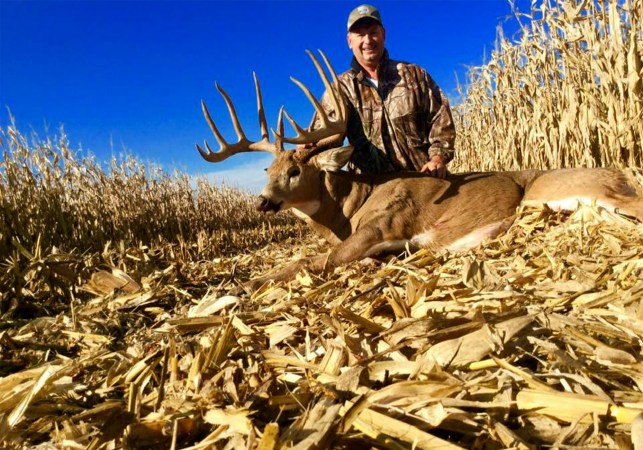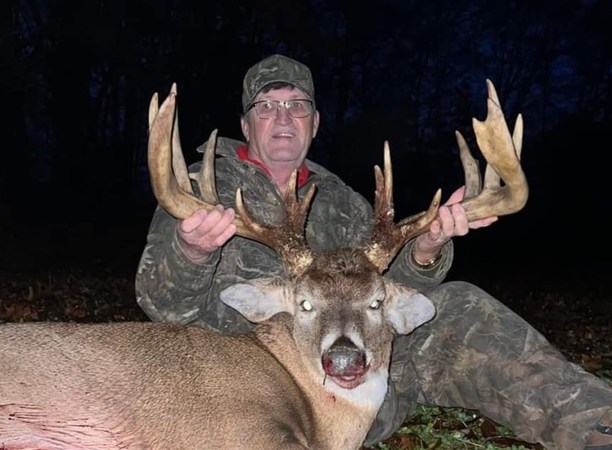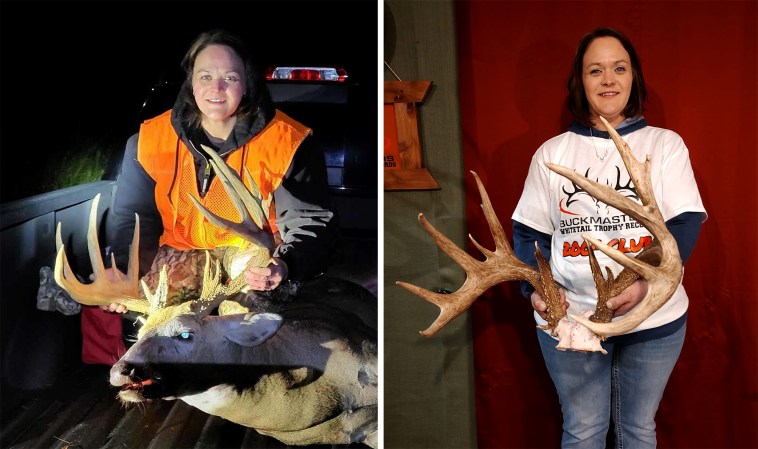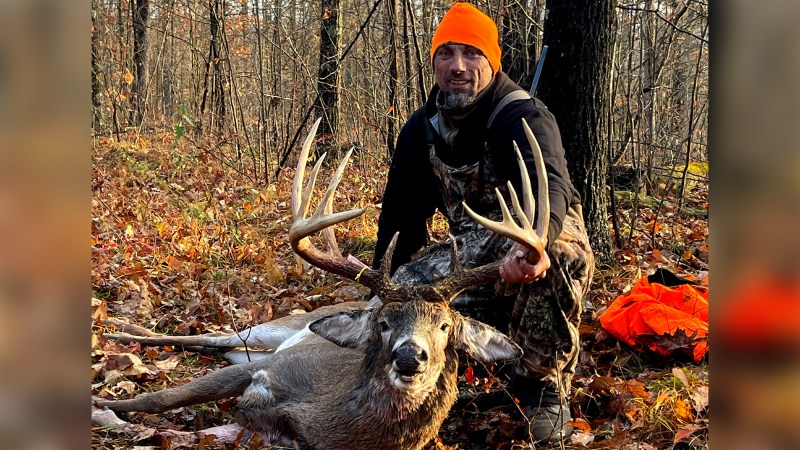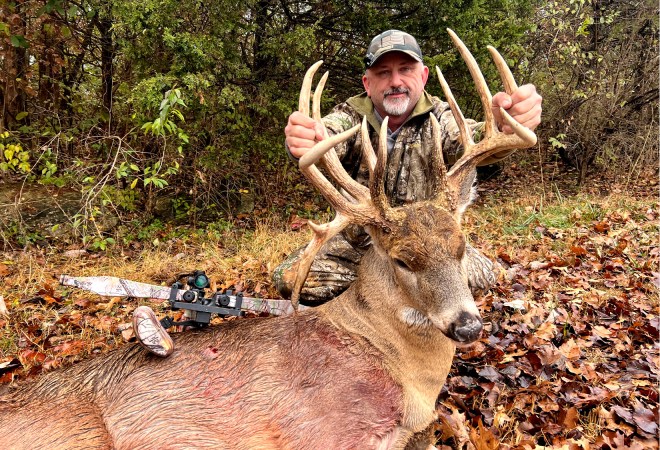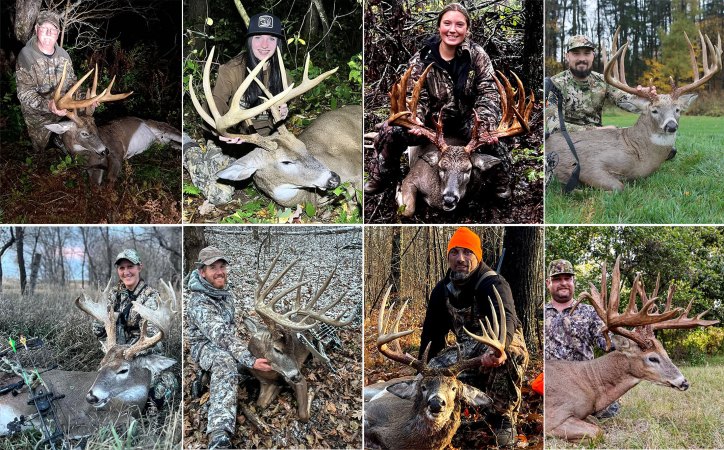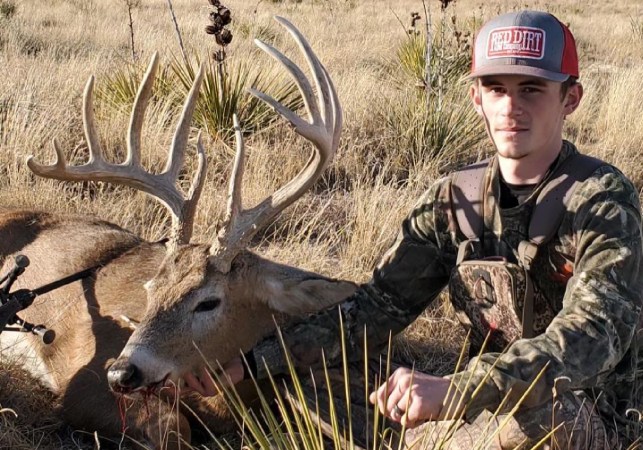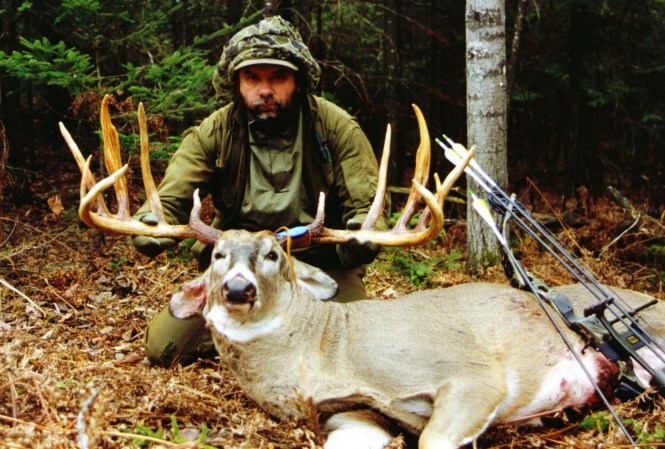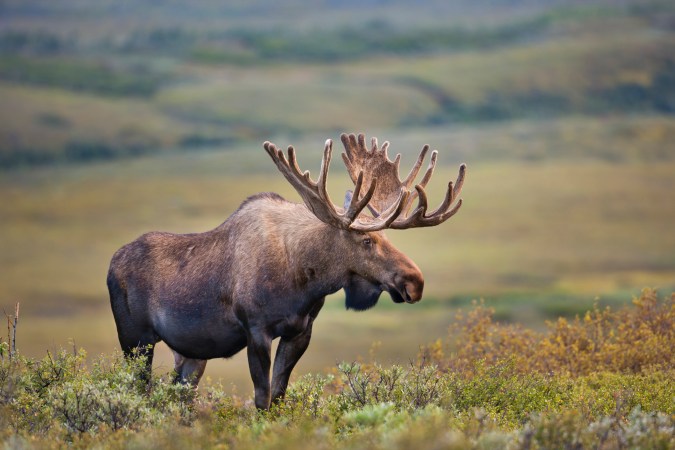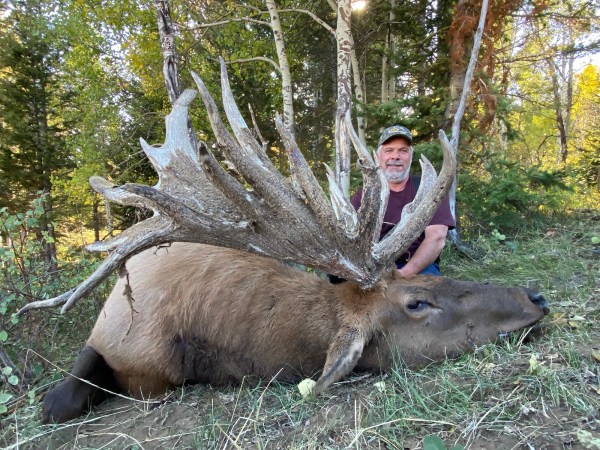JEFF JOHNSTON ADMITS he’s a walking paradox. A lifelong whitetail hunter who manages his farm in eastern Oklahoma for record-class bucks, Johnston has written widely about his obsession with outsize deer. He’s even developed an algorithm-based antler-scoring system, called Trophy Scan, that can estimate a score based on a good-quality photograph of a deer’s rack.
But for all his devotion to identifying, hunting, and killing what he calls “big-ass” bucks, Johnston has never put a tape measure to his own trophies, and he’s never entered them in the Boone and Crockett or Pope and Young record books, which catalog big-game species that achieve a minimum size, usually measured in inches of antler.
“I have a deer that’s pushing 190 [inches],” says Johnston, “and I have another that’s probably over 200. These are free-ranging whitetails that I hunted hard and am very proud of. But I don’t want or need to know their specific score. It’s almost more fun for me to have people guess and for them to think I’m a great hunter than to know a precise score. But the main reason is that I just don’t think it’s anybody else’s business.”
Johnston is hardly alone in his disinterest in publicizing his achievements, or quantifying the size of his trophies, by entering animals in the records. Every year hundreds or maybe even thousands of eligible trophies are not entered in the record lists of Pope and Young (which recognizes big-game species killed with archery gear), Boone and Crockett (the oldest big-game record-keeping organization), the Longhunter Society (muzzleloader kills), or other organizations.
The reasons are as varied as the hunters who kill them. Many don’t want the world to know that they hunt a spot that produces outsize animals. Others consider it a tedious process to enter and verify a record. Some would rather overestimate a score than put tape to horn, only to discover that their trophy is smaller than they’ve told their buddies, and themselves. And plenty of others think that assigning a numeric score to an animal tarnishes the sacred, essentially unquantifiable, relationship between hunter and prey.
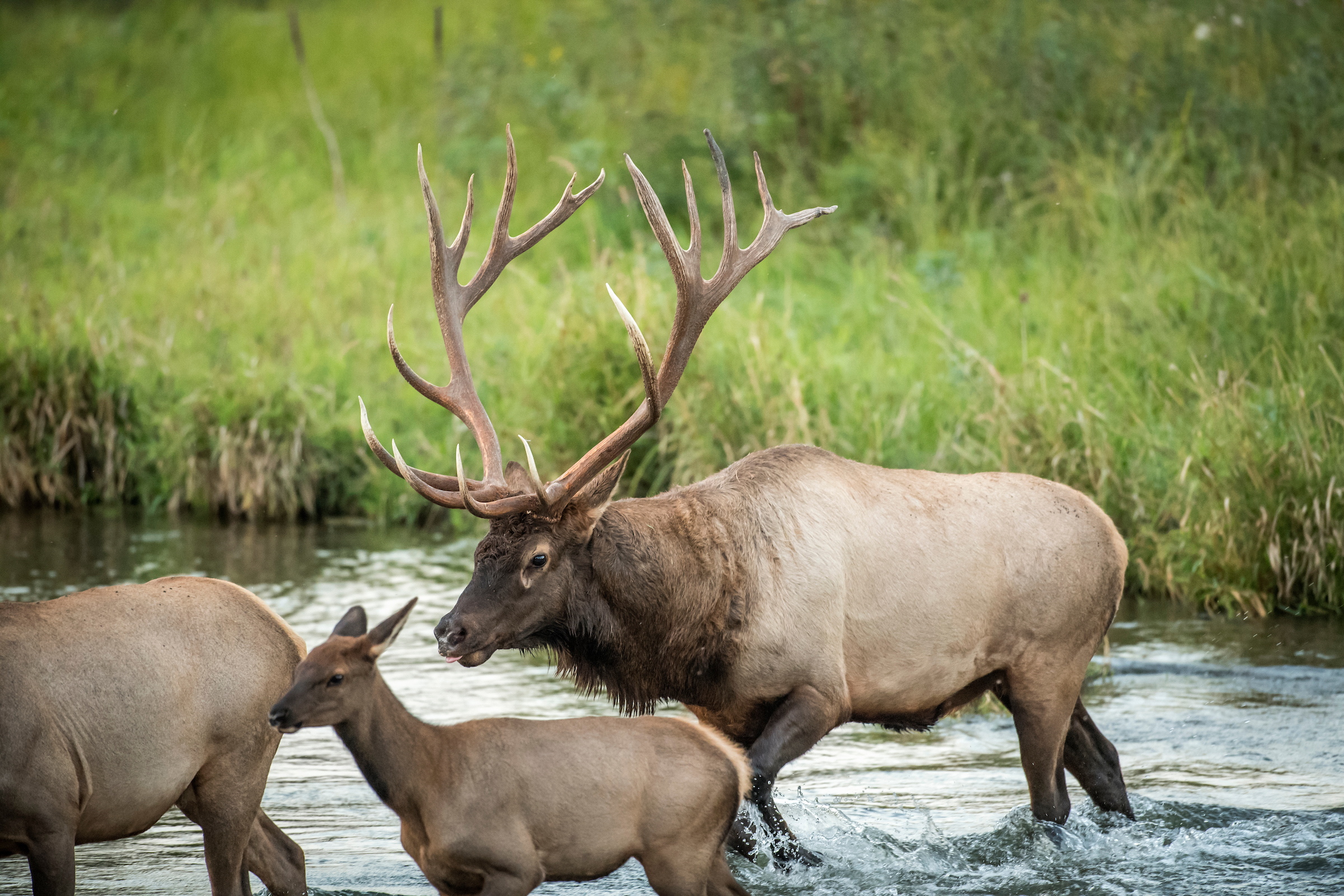
Chad Klinkenborg, an elk hunter from Bozeman, Montana, has never taped any of his animals. To do so would be to measure something he thinks is immeasurable, which is the outcome of any successful hunt.
“For me, as soon as you put a score on an animal, it intrudes on that very intimate relationship you have with the animal, and it devalues both the animal and the experience,” says Klinkenborg. “A couple years ago, I hunted hard and killed a mature bull, the biggest-bodied elk I’ve ever seen. He had an almost-white mane and his teeth were ground down to nubbins. Biologists aged him at 9 years old. I was on top of the world to kill such an old bull, but when I told a buddy he [probably] scored around 310 inches, I could tell he thought less of my accomplishment.”
The Purpose of Keeping Score
Justin Spring, the director of records for the Boone and Crockett Club, which was chartered in 1887 by Theodore Roosevelt and other founders of wildlife conservation, says the club’s book of big-game records was never intended to demonstrate an individual hunter’s achievement or even recognize a single remarkable animal.
Rather, it was intended as a barometer of the collective health of North America’s wildlife species. The idea of keeping records is still to track trends, Spring says. The more mature male animals in the population, the better the size and health of the entire population, reckoned both the founders of big-game records and the current keepers of the roster.
On its website, B&C explains why it compiles trophy records of species as varied as grizzly bears and pronghorn antelope.
“Accountants keep track of money. Jails keep rosters of inmates. And the Boone and Crockett Club keeps records of the largest specimens of North American big game. Why? Because if you’re going to measure the success of conservation and restoration efforts for an entire continent, then you’re going to need some way to keep score.”
That score is designed to recognize the animal, not the hunter or the hunt, says Spring, who notes that B&C’s first records were published in 1932, nearly 50 years after the club’s founding and fully 90 years ago this year.
“I think some people don’t care to know what an animal scores because they fear it will reduce the quality of their hunt, and that is by no means how it was intended,” says Spring.
Instead, he says that the score — usually expressed in inches of antler or horn or the dimensions of an animal’s skull — was intended to establish a standard by which mature animals could be assessed and compared.
If the average scores of a certain game species continue to increase, that’s an indication that the species is healthy and that management practices are effective. If the score declines over time, it could indicate a population is struggling in both age diversity and geographic distribution, and it might justify restrictive harvest regulations.
“The biggest reason we maintain the records is to show wildlife management successes and failures,” says Spring. “Some hunters may think that because they have already entered a 170-inch whitetail in the records, that they won’t later enter a 165-inch buck. But that 165 is just as valuable as that 170 as a data point that reflects the health of their local herd.”
In order to build the most complete picture of species population dynamics, Spring says, the club needs more animals to be entered, not fewer.
Guilt by Association
The Boone and Crockett Club’s messaging seems to be lost on a sizable number of serious hunters. Some consider the records, regardless of their original intent, to have changed to recognize the hunter more than the animal. Others think that there are more reliable ways of measuring species’ health. And some, like Saskatchewan hunter Bret Maffenbeier, think the records promote a perverse incentive that wouldn’t sit well with Teddy Roosevelt.
“When I look at the top 100 bucks for Saskatchewan, I see names of people who have been caught poaching over the years,” says Maffenbeier, who has killed a number of archery bucks that would make the Pope and Young book, and at least two that would make the all-time Boone and Crockett records. He has entered none of them. “I feel that the record book has created a sort of competition, and competition brings out the worst in people. The people in the records are those who hunt for notoriety, not for a love of the animals or the hunt. If it’s so important to get your name in the book that you cut corners, then I blame the book almost as much as I blame the men.”
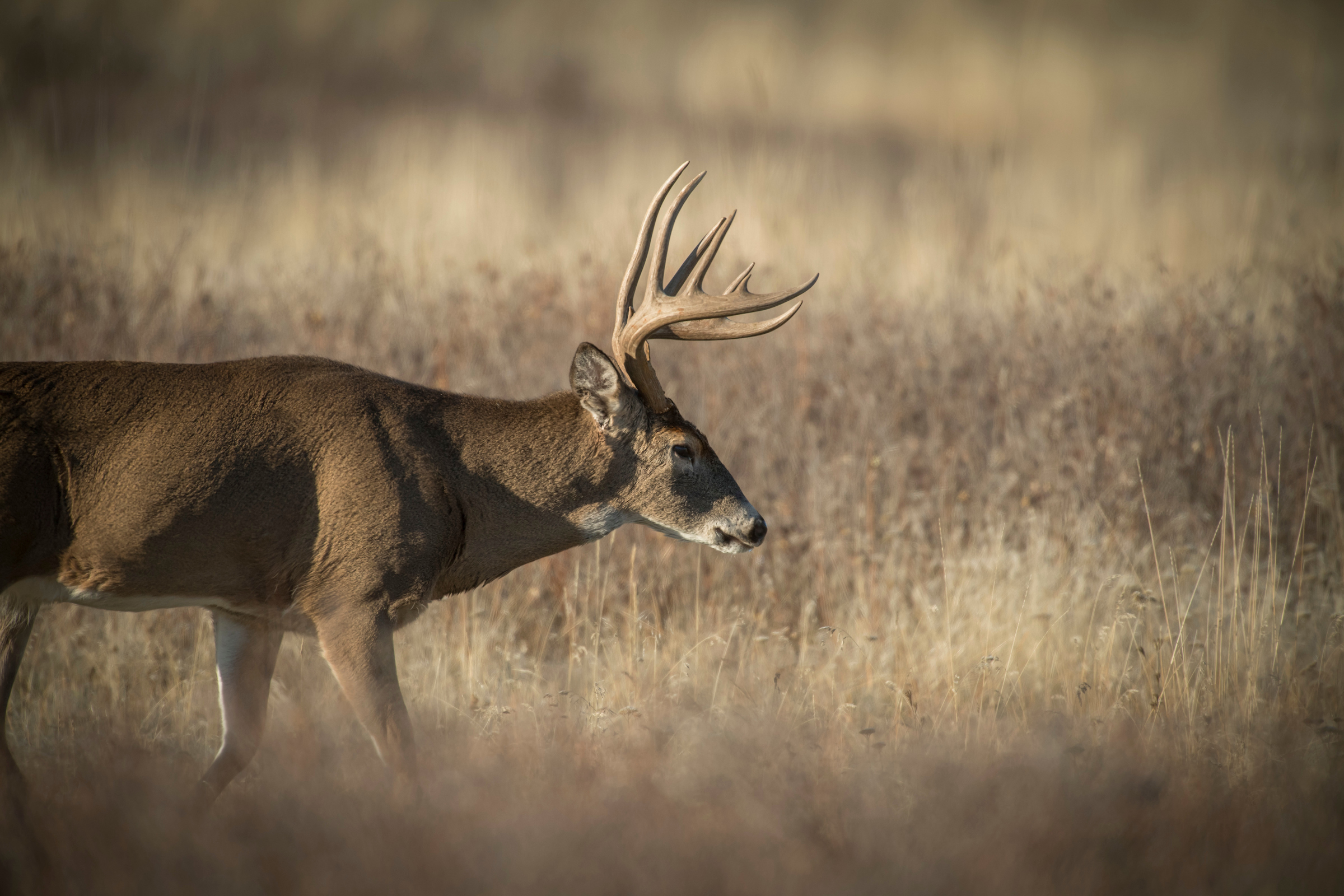
Away to the east, Maine big-woods hunter Rick Labbe has a different reason for declining to enter his trophies in the records.
“I actually do care about the score,” says Labbe, a self-employed building contractor. “I would describe myself as a horn hunter, rather than a weight hunter like most Maine deer hunters. I have hunted all across the country: the Northeast, Iowa, Kansas, Missouri, the West. I just love big deer, and I got my first Boone and Crockett buck in the book several years ago. But it was such a pain in the butt that I haven’t bothered with any others, even though they’re eligible. Between having to chase down affidavits from outfitters and guides and landowners to producing copies of my hunting licenses and then submitting field photos, it’s really a lot of paperwork for somebody trying to make a living.”
Besides, says Labbe, his interest in entering additional bucks in the records diminished after the first.
“My goal was to get in the record book, and now that I’m in it, I don’t need to keep entering,” says Labbe, who added that he thinks the high bar to inclusion in the records is a good thing. “I think the scrutiny that the clubs put on records, and requiring so much verification from hunters, keeps poachers out of the records. But for me, a working-class guy who’s chasing jobs for 10 months of the year so I can hunt the rest, it’s just a lot.”
‘Nets Are for Fishing’
There’s another reason that some hunters don’t respect the records. It’s because traditional scoring systems originated by Boone and Crockett and its peers reward symmetry at the expense of asymmetry, especially trash and mass, two antler attributes often associated with old, atypical specimens. The scores of asymmetrical racks often reflect deductions that reduce gross (or total) scores to a diminished net score.
“Nets are for fishing,” Maffenbeier sniffs dismissively. “The B&C scoring kind of turns me off because you can get the most massive buck in the world with junk hanging off it, but it scores low because it’s not symmetrical. … If a deer grows that many inches of antler, then he should be recognized for it. I just don’t like a system that takes away inches of antler that that deer earned.”
Why is symmetry rewarded by record-keepers? Spring says congruent antlers and horns are often — though not always — a reflection of the health not only of that particular animal, but also of the entire population. Gross score, in which all inches of antler or horn or skull are counted, overly rewards oddities that may be caused by environmental stressors, he says.
“A bulbous knob on one antler might indicate an injured leg. Broken tines from fights might indicate competition from overpopulation.”
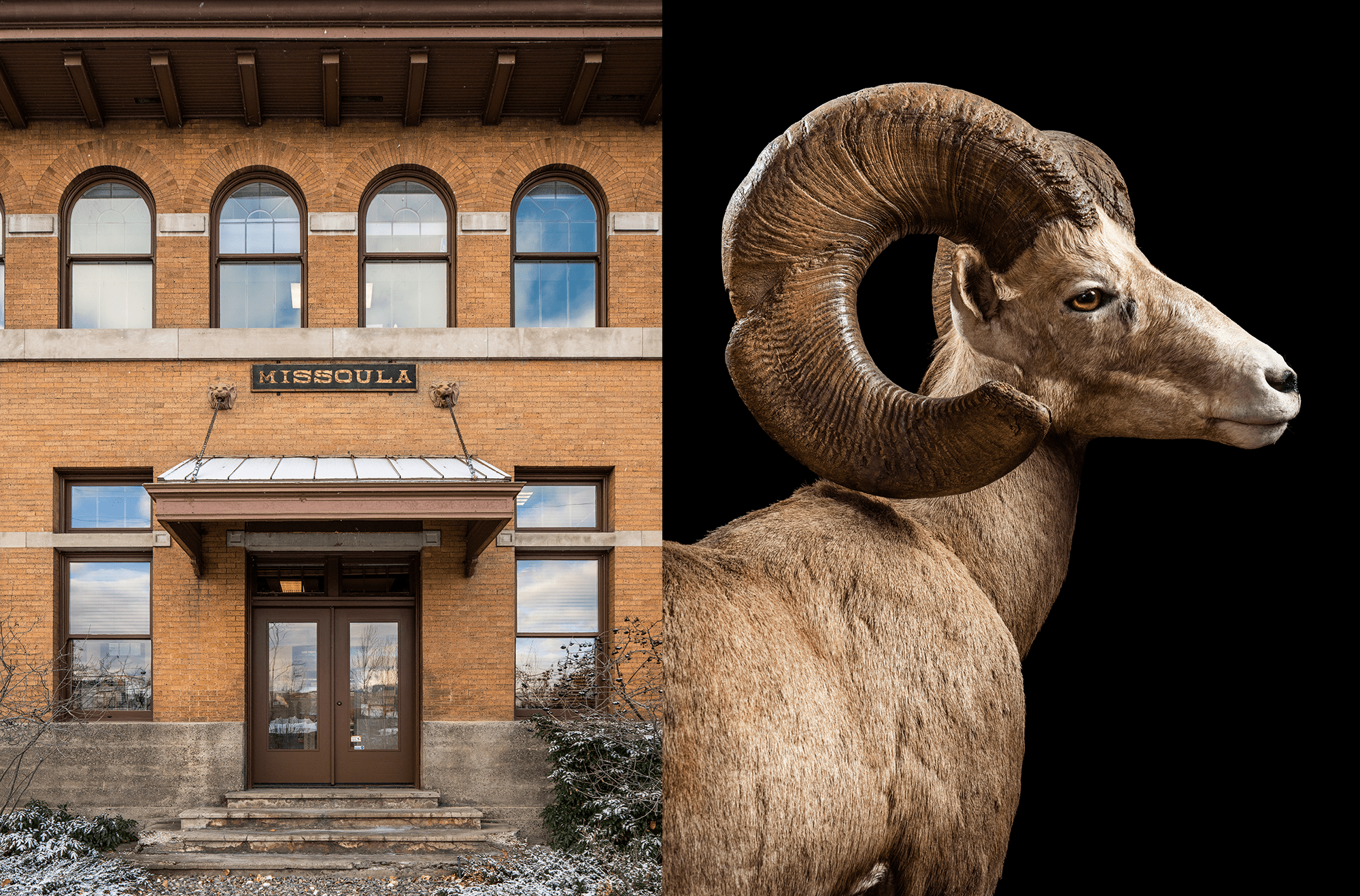
Buckmasters is one of the few record-keeping organizations that does not take deductions. Still, says Jeff Johnston, the scoring system has a deeper injustice.
“I think it’s cooler and neater if people can appreciate antlers for what they are,” which is an expression of the individuality of that animal, he says. “When you score it, you enter the realm of being braggadocious, and somehow it becomes more about your achievement than what that animal achieved by somehow staying alive and growing old. But for better or worse, that [B&C] score has become the common language of deer hunters.”
Johnston does acknowledge that that language is useful in communicating shared experiences.
“It’s a hunter’s language,” he says. “If somebody tells me they shot a deer that was a good or decent 10-point, I really don’t have an idea of what they’re talking about. But if they tell me it’s a 163-inch whitetail with big-ass kickers and 10 points, then I can picture exactly what they’re talking about.”
Record-Book ‘Leakage’
In a normal year, anywhere from several hundred to a few thousand potential records are submitted to Boone and Crockett for gatekeeper Spring’s consideration. The number of eligible records that aren’t submitted is anyone’s guess, but pretty much every source for this story has an idea.
Spring himself acknowledges that the club gets only a portion of records, which he describes as problematic for detecting trends in wildlife management. Some sources think more records are being entered now compared with previous decades. The rest think fewer records are being measured and submitted to compilers.
“I have personally been involved in the harvest of four Kansas whitetails over 190 inches, all killed on the same property,” says one source, who asked not to be named because he didn’t want to be associated with this constellation of big bucks. “I think you’re a fool to enter a record buck, because even if the specific property isn’t identified, the county is named in the records, and that can only increase leasing rates and overall hunting pressure. It’s just not in a hunter’s self-interest.”
Spring thinks the rate of record-book “leakage” — eligible trophies that are not submitted — depends on species.
“I’d argue that we get the vast majority of wild-sheep records, just because there’s so much attention on big rams that if you don’t enter a record-book head, people wonder why,” says Spring. “On the other hand, I’d bet we don’t get even half the eligible whitetail records.”
Johnston, out in eastern Oklahoma, agrees with Spring’s assessment of big-buck leakage.
“I’m fascinated with big whitetails and arrowheads, and I’ve walked into a lot of houses in my area that have big collections of both,” says Johnston. “I don’t know any hunters who have measured—let alone entered—their bucks. It’s just not a big deal to them.”
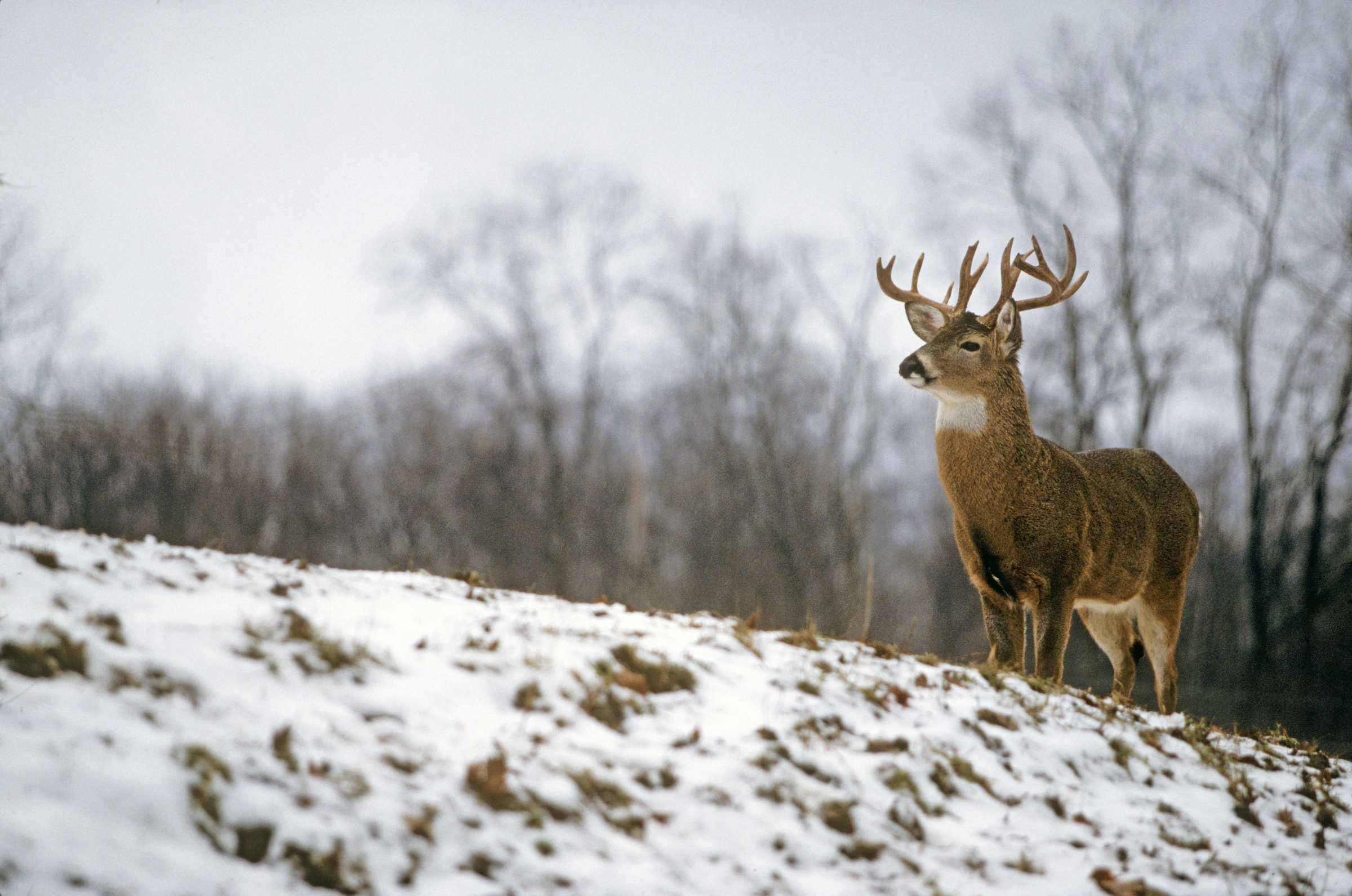
In Labbe’s experience, the leakage rate divides along experiential lines.
“I’d bet that the hunter who travels out of state and books a once-in-a-lifetime hunt with an outfitter and shoots a book deer will enter that trophy, every time,” says Labbe. “But if you are a landowner or you hunt the same place year after year, and you’ve shot a bunch of big deer, then you are probably not going to enter that trophy. Most of the best hunters I know don’t have their deer in the records.”
Up in Saskatchewan, Maffenbeier recounts the number of big whitetail and mule deer racks he’s seen lying around rural homesteads of his province.
“I’d say that more bucks are entered now than back in the 1960s and ’70s,” he says. “Now, I’d say it’s probably 70 to 80 percent of trophies that get entered, but a lot of the traditional landowners in my area really don’t care much about the racks. You wouldn’t believe the number of 180-to-190-inch mule deer racks I’ve seen nailed to the sides of farmers’ Quonsets.”
The Boone and Crockett Club has tried to quantify this leakage. B&C research fellow Rebecca Cain, in a thesis for her doctorate in wildlife biology, compared the number of Midwest whitetail entries eligible for both the Boone and Crockett and state-specific record books with the number that were actually entered. Her conclusions had too large a margin of error to estimate a leakage rate, but they did identify management trends. Record-book submissions, she says, are best viewed as a form of citizen science similar to the National Audubon Society’s Christmas Bird Count, in which volunteer bird-watchers record sightings of birds across the country during a specific time frame.
Cain’s research further revealed a trend that’s useful to wildlife managers even in the absence of a complete picture of record-book-buck entries.
“More record [whitetail] deer were harvested in counties that had more high-contrast edges, less contiguous land cover, and greater variation in soil productivity.”
In other words, even in the intensively farmed Midwest, big bucks come from the wild edges, where presumably they can grow old in a mix of abundant food and brushy escape cover. That’s the sort of insight — gleaned from analyzing record books — that helps wildlife managers prescribe habitat treatments that can produce more trophy bucks in the future.
Timeless Trophies
Every celebrated runner thinks they’re fast, but it’s not until you put a stopwatch on them that they see how they stack up against their peers. It’s the same thing with remarkable animals, says Spring, who maintains that big-game records are a benchmark that transcends decade, geographic region, and technological advancements that make trophies both more and less attainable than ever.
But he acknowledges that the records can create unrealistic expectations among hunters.
“A hunter might kill the biggest buck of their life and get a giant letdown when it scores 135 inches,” says Spring. “I think there are a lot of folks out there who do not want to score their animals because doing so somehow reduces the amazingness of that 135-inch buck, which is an amazing whitetail.”
Read Next: The Best Rangefinders for Hunting
Regardless of whether a trophy animal receives a numeric score or not, outsize animals have always been noticed and celebrated.
“We all like big animals, and I’m not ashamed of that,” says Johnston. “In primitive cave art, you rarely see pictures of does or small antlers. Even back in ancient times, hunters were telling the same jokes and stories. We were pointing to that one guy and saying, ‘You kill the small ones and I kill the big ones,’ and everybody laughs.”
This story first ran on July 6, 2022.

